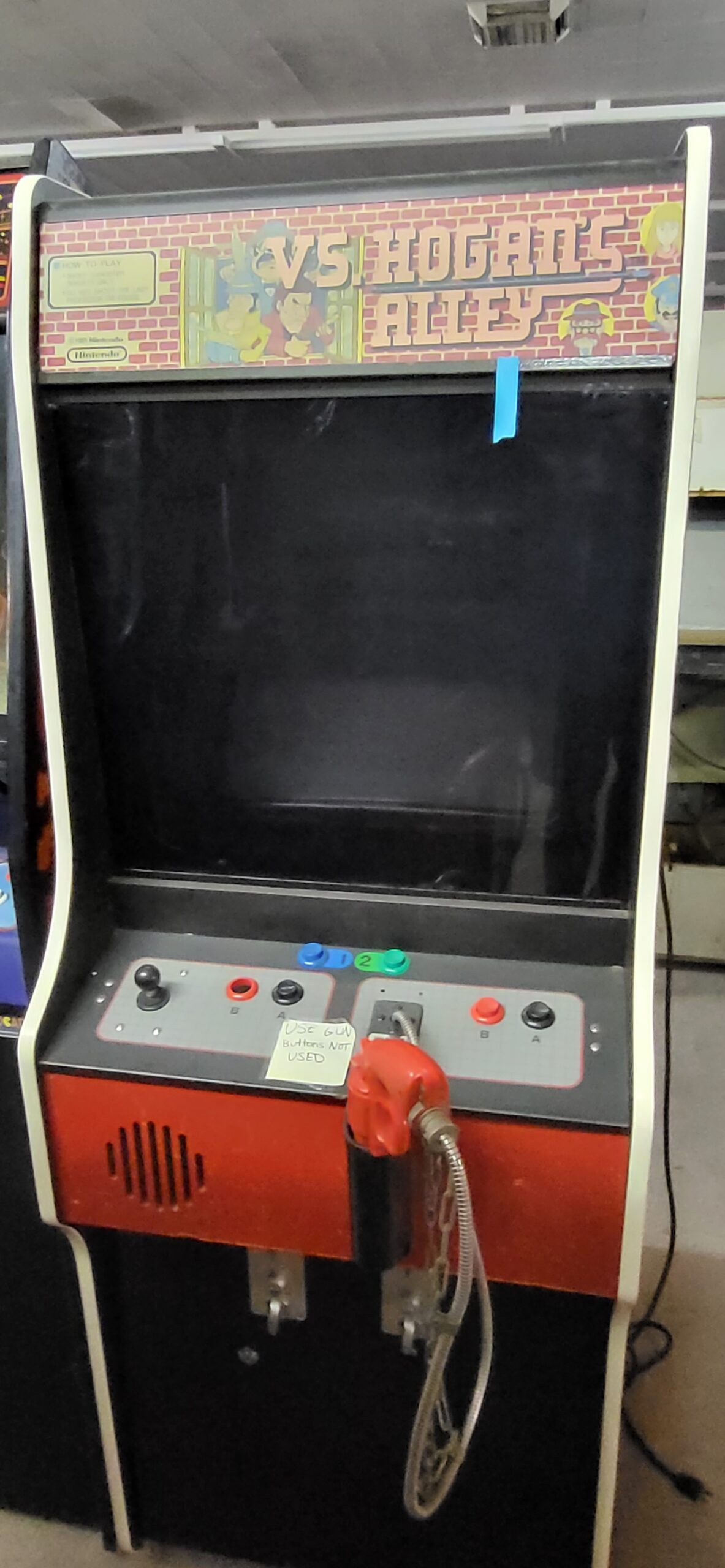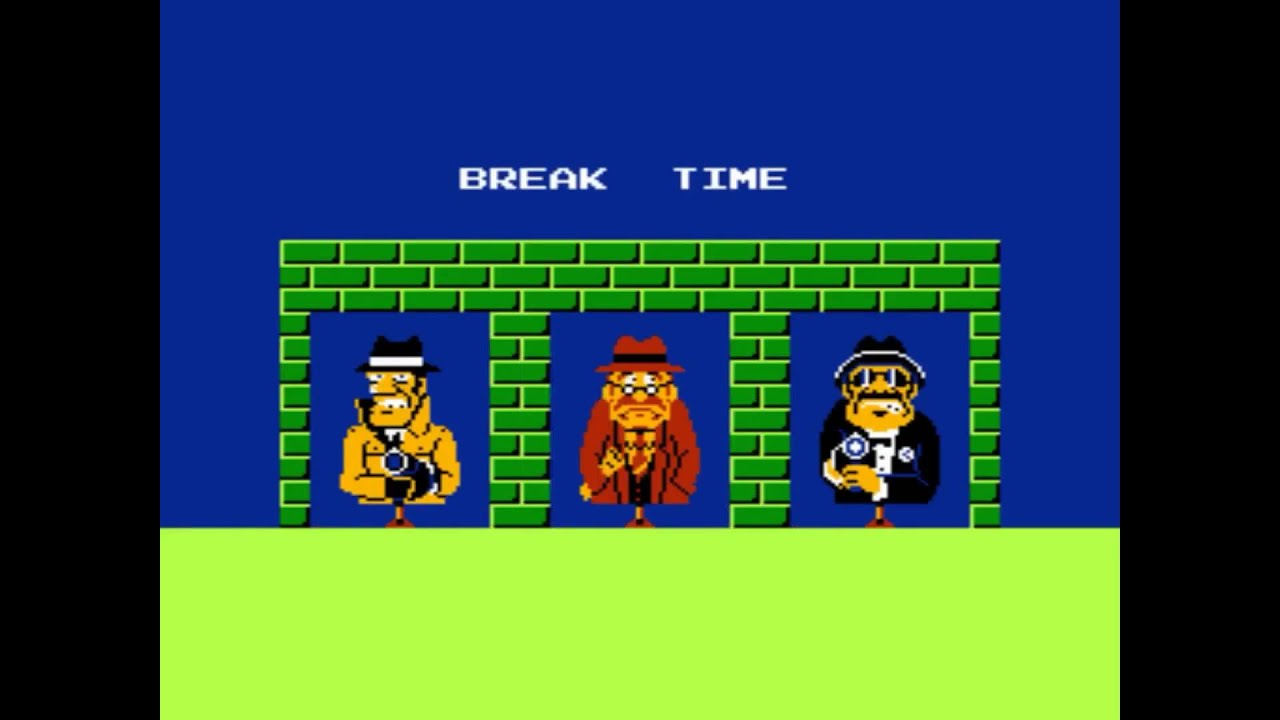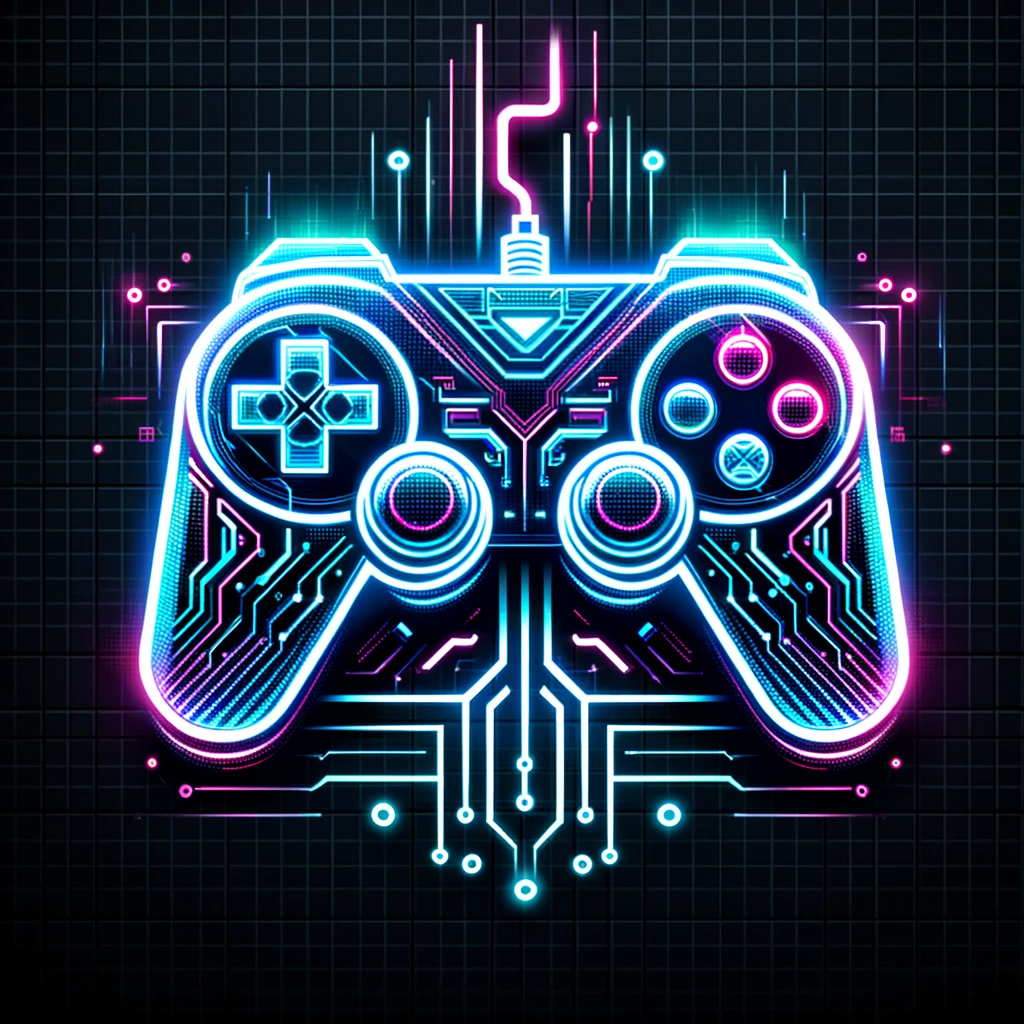
Hogan's Alley
Arcade / Nintendo 1984
Hogan’s Alley is a classic shooting video game developed and published by Nintendo. Initially released as an arcade game in 1984, it later found popularity on the Nintendo Entertainment System (NES). The game is known for its simplistic yet challenging gameplay, placing players in various shooting scenarios, including target practice, gang shootouts, and the infamous Hogan’s Alley itself.
Hogan’s Alley emerged during a period when Nintendo was expanding its presence in the arcade gaming industry. Developed by Intelligent Systems, the game utilized light gun technology, allowing players to interact with the screen by aiming and shooting. The developers drew inspiration from law enforcement training exercises, creating a unique and engaging gaming experience. The success of Hogan’s Alley in arcades paved the way for its adaptation to the NES console, where it became a memorable part of many gamers’ childhoods.
Hogan’s Alley received positive reviews for its innovative use of light gun technology and its diverse range of shooting challenges. Critics and players alike praised its addictive gameplay and responsive controls. The game’s success contributed to Nintendo’s reputation for delivering enjoyable and accessible gaming experiences.
Hogan’s Alley has seen various adaptations, including its release on the NES Zapper accessory, making it one of the earliest light gun games for home consoles. The success of Hogan’s Alley also inspired the creation of other light gun games, such as Duck Hunt, forming a notable part of the NES gaming library.
The original Hogan’s Alley arcade cabinets are considered collector’s items due to their rarity. The exact number of units produced is challenging to determine, further enhancing the game’s value among enthusiasts. Prices for well-preserved cabinets can vary significantly in the collector’s market, with values often reaching several thousand dollars.
Hogan’s Alley, as an arcade cabinet, featured hardware typical of its time, including a dedicated microprocessor, sound hardware, and specialized graphics components. Repairs and maintenance may involve addressing issues with the CRT monitor, controls, or power supply. Specific hardware details can be found in the technical documentation provided by Nintendo for arcade operators. Replacement parts and repair guides are available within the collector community, ensuring the preservation of this iconic piece of gaming history.


